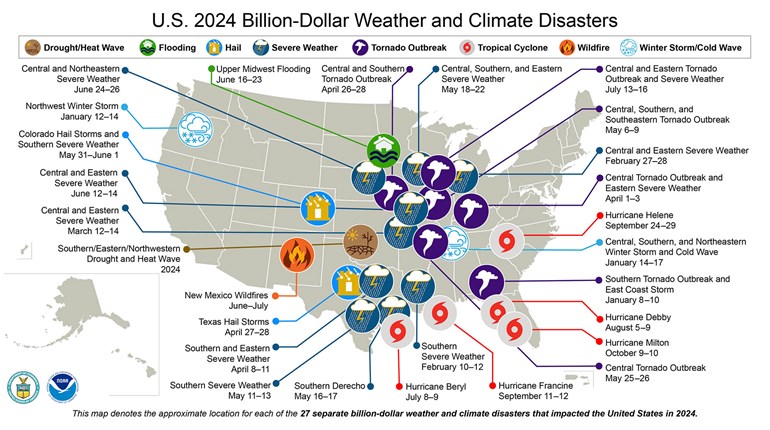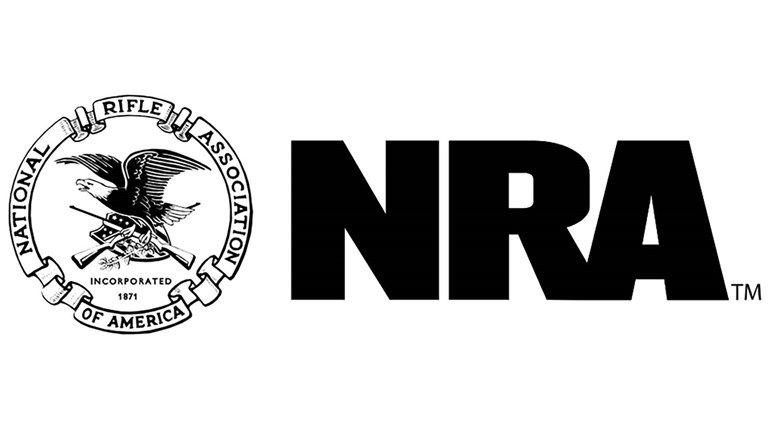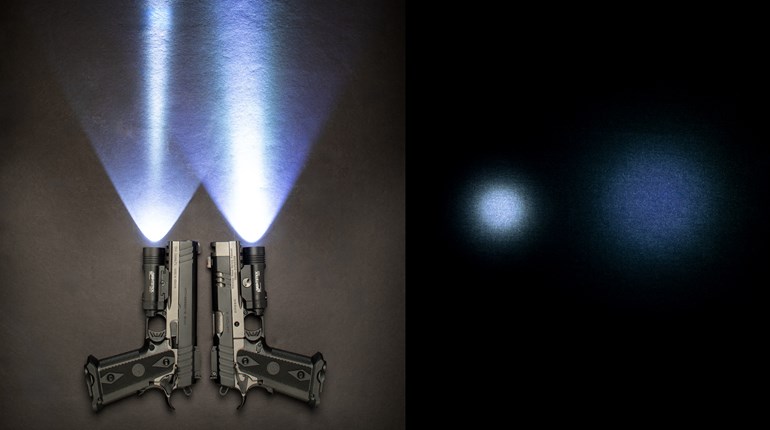
If you ever had one, you know. If you haven’t had one, you’re due. There’s just about nothing that scares the you-know-what out of you like a negligent discharge.
Simply put, this is any “bang” you didn’t expect.
Such unexpected shots are rightly alarming, and for a host of reasons. The most obvious is their spectacularly, intrinsically unsafe nature: They generally signal serial errors and oversights, and perhaps technique flaws as well. They also tell you a lot about the shooter who has one in terms of character, or at least that’s our opinion. We’d be concerned by anyone not shocked and shaken when it happens to them. Serious assessment on several levels is the only appropriate response, to say nothing of apology and recompense if possible. At the very least, it ought to be the place where firearms snobbery and arrogance go to die. Think about this—or rethink it—and perhaps you’ll understand the nearly magical power of this when uniformly applied.
We’d also suggest prayer, frankly, especially if yours was only embarrassing and expensive. They can be tragically worse, of course, though this is thankfully very rare despite media hysteria to the contrary (medical mistakes, automobile accidents, poisoning, falls, suffocation, drowning and incineration are all many times more common). All the same, most are preventable, and responsible gun ownership certainly means reducing them to as close to zero as possible, before the well-meaning-but-ignorant reduce them for you via the expedient of taking away your Second Amendment rights.
First, know the rules, and understand how they “interlock” to make true gun safety a reality. We’ve made the point in decades of teaching that just one rule can do the heavy lifting for all safety concerns if it is applied with sufficient vigor: Never let the muzzle cover anything you aren’t willing to destroy.
Think about this—or rethink it—and perhaps you’ll understand the nearly magical power of this when uniformly applied. If you never broke this rule, but had multiple NDs, it would only be expensive and embarrassing: It’s all but impossible to seriously injure yourself or anyone else as long as you don’t let that muzzle cover what you really value (we don’t have to actually say “people,” right?). But break this rule in combination with any of the others, and things go rapidly, horribly wrong.
An especially dangerous mechanism by which we see this happen, however, is when people limit the “muzzle cover” notion only to things they can see. Bullets will pierce many objects or travel surprising distances, and it’ll still be your fault if on the other side of whatever (wall, hill, car door, etc.) is something you didn’t want to destroy. Ergo, a loaded firearm gets pointed at a target only and ever, to say nothing of putting your finger on the trigger, and/or firing.
Second is clearing a firearm. Most NDs occur with firearms people thought were empty. Notice how this one becomes trivial—expensive and embarrassing only—if you don’t violate numero uno above.
We’d observe that clearing errors can have several sources. The most likely is not knowing how to properly clear a given firearm. This is compounded by the multiplicity of action types because different methods—in mechanical terms—apply. The fallback in all such cases is simple: Ask, or leave it the heck alone.
A myth/lie the anti-gun media loves to propagate is “It just went off!” But in 40 years, we’ve never seen this happen, nor even been able to verify an incident we’ve heard about. There has always been an explanation, and a mistake has always been made. Got that? Always, and we calculate we’ve been within earshot of something well north of 5 million rounds, and several dozen NDs.
This is one of the reasons we urge everyone to compete at some point in their shooting life: Nothing improves the quality and safety of overall gun handling like the repetition of competitive precautions and enforcements. Yet, and as we observed here, even the most active of these maintain safety records that are simply unrivaled. A myth/lie the anti-gun media loves to propagate is, “It just went off!” But in 40 years, we’ve never seen this happen ...
Third, haste is the enemy. Let us clarify that: Certain things in shooting—both in sport and defensive/protective situations—require speed, but they always have a connection to the target-only state we discussed above. Nothing else can or should be done in a hurry. Simply, give yourself time to think about safety in everything. Be deliberate in your head, not automatic with your hands. We shudder at our own recollected close calls and note that all were the fruit of utterly unnecessary haste.
Like what? Well, how about holstering? A surprising number of self-inflicted injuries stem from this, though modern holsters and competitive rules are driving this tally (again, and thankfully) downward. What in the world can be the rush to re-holster, we wonder—yet you’ll see it frequently. Where this gets dangerous is if trigger discipline and muzzle control haven’t yet matured, and the finger doesn’t leave the trigger as the sights leave a legitimate target. It’s easy to envision how a gun/gear collision of undue force during this act can result in a bullet horrifyingly near your own femoral artery. Life-changing in any event.
We reprise the words of the immortal Captain Hook, “a dangerous business, that,” and have an example. We knew a fella years ago who gave himself three wounds from a single bullet by combining this with improper clearing—out the bottom of the holster, into the calf, out the shin, into the foot. To his considerable credit, this chap was always generous in citing his own bad example, and we found it a chilling, effective warning.
A rotten reciprocal exists in the draw. The urge to get going in a hurry is understandable, particularly in “carry” situations and training for same. But remember that the trigger mount occurs after the muzzle is clear of the holster, parallel to the ground, and on its way to a target. Whether your draw is from the waistband, purse, ankle or wherever, don’t be hunting for the interior of the trigger guard and face of the trigger until this happens. Breaking this one will not end well either, guaranteed.
Fourth, be “complete.” The inspiration for this column, as you might well guess, is a lamentable, unanticipated “bang” experienced by a friend. The good news: nobody hurt, only minor damage, but a ton of (well-advised) soul-searching. They shot something they were willing to destroy—if only by default during dry practice—and as we observed before, the net result was only embarrassing and expensive, but really so by both counts. Allow us to be discreet in terms of the remaining details.
If this notion of “completeness” does not comport with anything you recognize as a pillar of traditional safety, we aren’t surprised. It comes from another life for us, that of quality engineering, though the precept is better known in the context of self-improvement: “Begin with the end in mind” (Stephen Covey). In our present considerations, it dissects with precision what usually goes wrong. Hold yourself to a high standard of safety, because you can be sure the enemies of liberty will too.
As we said at the beginning, negligent discharges rarely result from an isolated “oops.” In our first example, our friend did several things that were incomplete, and were therefore done without the desired end in mind: a safe gun, holstered. This implies either truly empty as per competition rules—“Unload and show clear”—or a mechanically safed pistol with finger completely off the trigger and out of the guard. Since neither of these were true, aggressive holstering had room to do its ugly work.
In the second instance, the problem was a reload “after” dry practice. Dry practice is by definition over when live ammo comes back into play, so chambering (certainly) and trigger pull (decisively) were parts of a new process. A failed end (to dry work) and a premature beginning (prep to carry condition) combined for serious mishap, and most decidedly not the desired “complete” state to either process. This is also why we—and many others—prefer a hard break of some sort to end dry training; usually, this means moving to a new area away from your dry target before reloading. The temptation to get in one more rep is powerful, and doing so after you’ve re-prepped your pistol for carry needs no elucidation—it’s a blunder of serious proportion and shivering risk.
One more comment on mindset and we’re done. Negligent discharges used to be called “accidental discharges,” and we don’t know precisely when the terminology change occurred. We would argue it’s a good one because it puts the responsibility back where it belongs—on the individual shooter.
In an era where mechanical malfeasance by an unaided—that is, untouched by human hands—firearm is nigh unto impossible, we need to be especially diligent for another reason too: Nothing will harm the exercise of our Second Amendment liberties quite like avoidable mistakes. Hold yourself to a high standard of safety, because you can be sure the enemies of liberty will too.

































